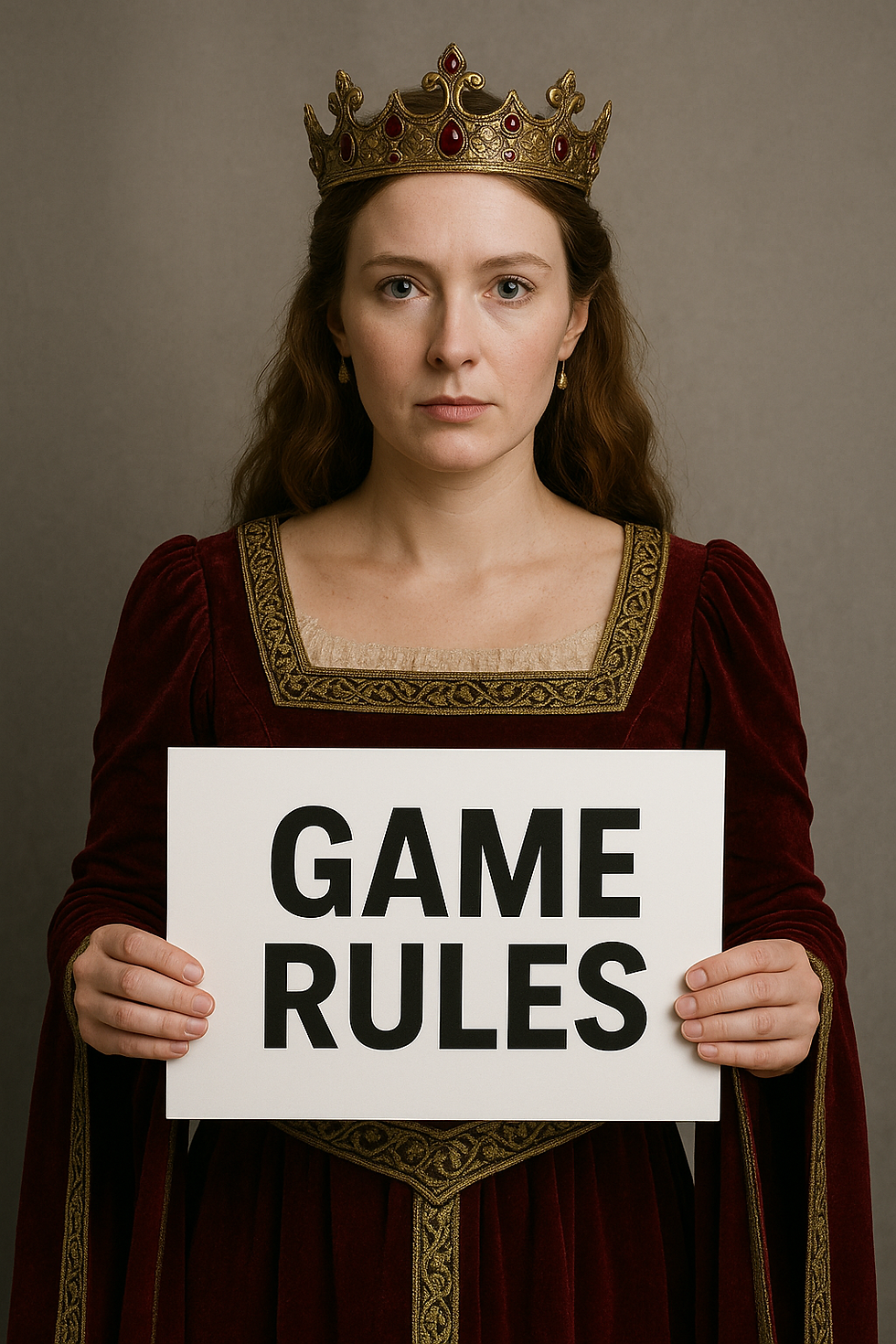
Virtual Game Show
Age Range
How Many Players
Rating
Play Time?
Any
Any
G-R
2+ Hours
A virtual game show game night is a type of event where participants can compete in a game show-like environment using virtual platforms such as Zoom, Google Meet, or other video conferencing tools. The host of the event will usually present the questions or challenges, and participants will respond with their answers or actions in real-time, just like on a real game show.
Variations
Trivia night: Host a classic trivia game where participants can choose from a range of categories and answer questions from that category. You can use online trivia platforms or create your own questions.
Jeopardy-style game: Create a Jeopardy-style game with categories and point values. Players can choose categories and answer questions to win points.
Family feud: Host a Family Feud-style game where participants guess popular survey questions and earn points for their team.
Name that tune: Play a snippet of a song and have participants guess the name of the song or artist. You can create a playlist with a range of genres and decades.
Who wants to be a millionaire: Host a game where participants answer increasingly difficult questions to win a virtual cash prize.
Game of Thrones trivia: Host a trivia game specifically about the Game of Thrones TV series or books. You can use online trivia platforms or create your own questions.
GAME RULES
The rules for a virtual game show game night can vary depending on the specific game show being played. However, in general, these game nights involve a host asking a series of questions to the participants, who then attempt to answer them correctly to earn points or prizes. The questions can be based on a variety of topics, such as pop culture, history, science, or current events. The host may also include various rounds, such as multiple choice questions, trivia challenges, or physical challenges, to keep the game interesting and engaging.



GAME SETUP
A virtual game show game night can be set up in a variety of ways depending on the specific game show format being used. However, some common components of a virtual game show game night setup might include:
Platform: Choose a video conferencing platform such as Zoom, Google Meet, or Skype that can accommodate multiple participants.
Game Show Software: Select game show software that can be used to host a virtual game show. Some popular options include Kahoot!, Quizizz, and Jeopardy Labs.
Game Show Format: Choose a game show format that can be easily adapted to a virtual environment. For example, Jeopardy!, Family Feud, and Who Wants to Be a Millionaire are popular game show formats that work well for virtual game nights.
Teams: Divide participants into teams or allow individuals to compete against each other.
Host: Choose a host to emcee the event, introduce the game show format and rules, and keep score.
Prizes: Consider offering prizes for the winning team or individual.
Technical Setup: Test the technology beforehand to ensure everyone is able to hear and see the game show software, host, and other participants clearly.
Background Music: Add background music to create a game show atmosphere.
Visuals: Incorporate visual elements such as videos, graphics, and images to enhance the game show experience.
Timing: Keep the game show to a reasonable length of time, typically between 30-60 minutes, to keep participants engaged and avoid burnout.
Audience Participation: Consider incorporating audience participation elements, such as polls or trivia questions, to keep all participants engaged.
Customization: Customize the game show questions or format to fit the interests and knowledge level of the participants.
Fun twists: Incorporate fun twists or challenges, such as bonus rounds or physical challenges, to keep the game show exciting and unpredictable.
Tips, Ideas & More





















.png)
